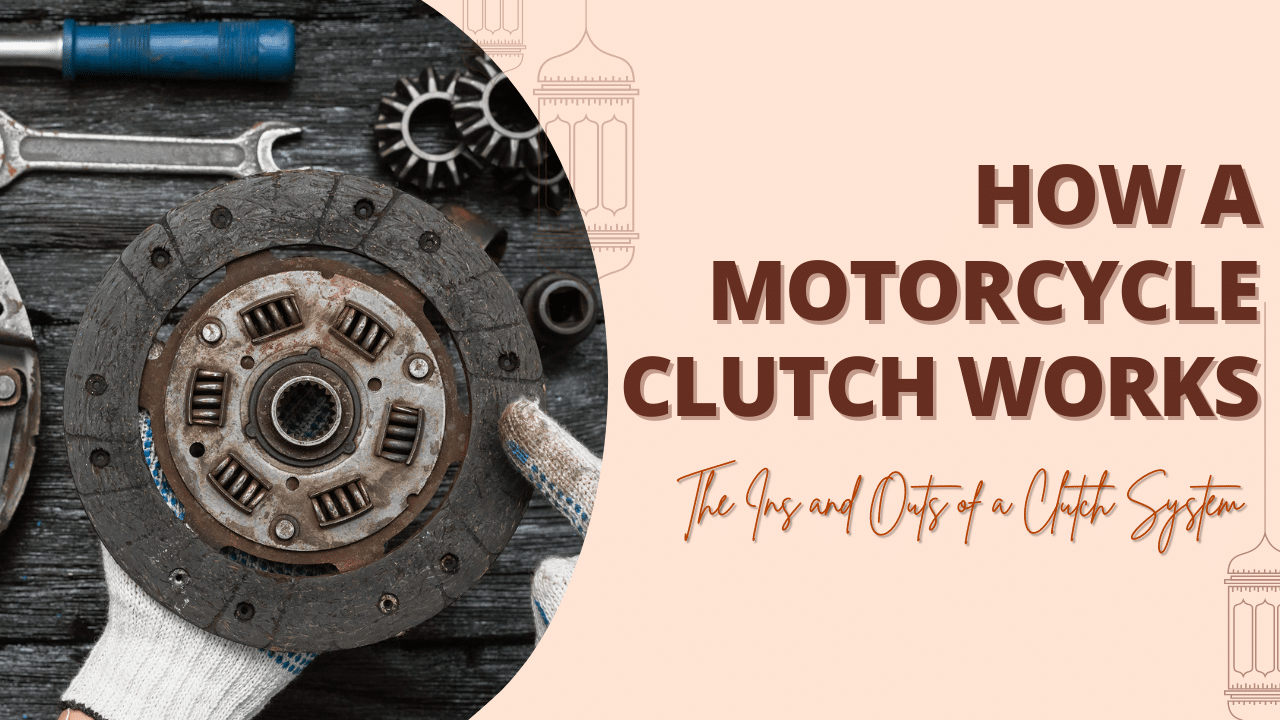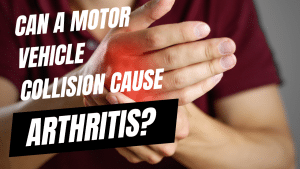Do you know how your motorcycle clutch works? If not, you’re not alone! A lot of people don’t understand how this critical system works. This blog post will discuss the ins and outs of a motorcycle clutch system. We will explain what a clutch does, how it works, and why it is so important on a motorcycle. By the end of this post, you will better understand how your bike operates!
What a clutch does
A clutch system is a mechanical device that helps engage and disengage the engine from the transmission. A lever operates the clutch on the handlebars, and when it is involved, it allows the motor to rotate independently of the transmission. It is essential because it enables the rider to change gears without stopping the bike. To understand how a clutch system works, it is helpful to think of the transmission as a gearbox. The engine turns a shaft that runs through the center of the gearbox. The shaft is attached to a series of gears, and each gear is connected to the wheels by a chain. By engaging and disengaging the clutch, the rider can control which gear is being used at any given time. As a result, the clutch system plays an essential role in helping the rider maintain the bike.
The different parts of a motorcycle clutch system
A motorcycle clutch system has three main parts: the clutch lever, the clutch cable, and the clutch itself. The clutch lever is located on the handlebars and engages and disengages the clutch. The clutch cable connects the lever to the clutch itself, a disk located inside the engine. The clutch is engaged when the lever is pulled, which causes the cable to tighten and the disk to rotate. It engages the engine, which then powers the wheels. The cable relaxes when the lever is released, and the disk stops turning. It disengages the engine and allows the motorcycle to coast.
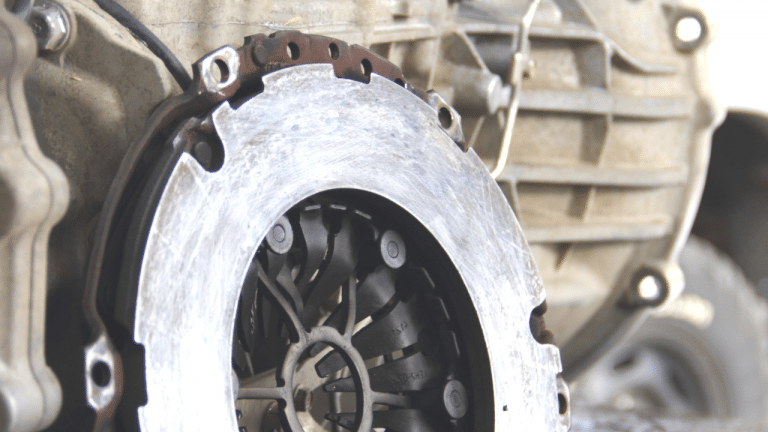
How do I use a motorcycle clutch?
Riders use the clutch every time they start their engine, shift gears, or come to a stop. To start your engine, you’ll need to engage the clutch before turning on the ignition. Once your engine is running, you can begin to release the clutch slowly as you give gas to start moving forward. As you gain speed, you’ll need to shift gears by pulling in on the clutch and using your foot to slide up or down the gearshift. To come to a stop, you’ll need to engage the clutch and use your front and rear brakes.
Why is the clutch so important?
The clutch system is one of the essential parts of a motorcycle because it helps the rider control the bike. Shifting gears would be complex without it, and starting and stopping would be nearly impossible. The clutch also helps to protect the engine from damage by allowing the rider to disengage it when necessary.
Common problems with motorcycle clutches and how to fix them
Anyone who’s owned a motorcycle knows that they can be temperamental beasts. Part of the reason for this is that motorcycles have many moving parts – and one of the most crucial parts is the clutch. The clutch is responsible for disengaging the engine from the transmission, and it’s what allows you to change gears. Unfortunately, it’s also one of the most common sources of problems on motorcycles. Clutch problems can manifest in several ways, including a slipping clutch (meaning it’s not engaging correctly), a hard-to-shift transmission, or even an engine that stalls when you try to rev it up. Luckily, you can do a few things to fix these problems. First, check the clutch cable to make sure it’s properly adjusted. If the cable is too loose, it will cause the clutch to slip; if it’s too tight, it will make shifting gears difficult. You can also try bleeding the clutch line, which may help if your problem is due to air bubbles in the system. Finally, if neither of those solutions works, you may need to replace the clutch plates. It is a more involved repair, but it’s usually not too difficult for an experienced mechanic to handle. So don’t despair if your motorcycle’s clutch starts acting up – with a bit of know-how, you should be able to get it running smoothly again in no time.
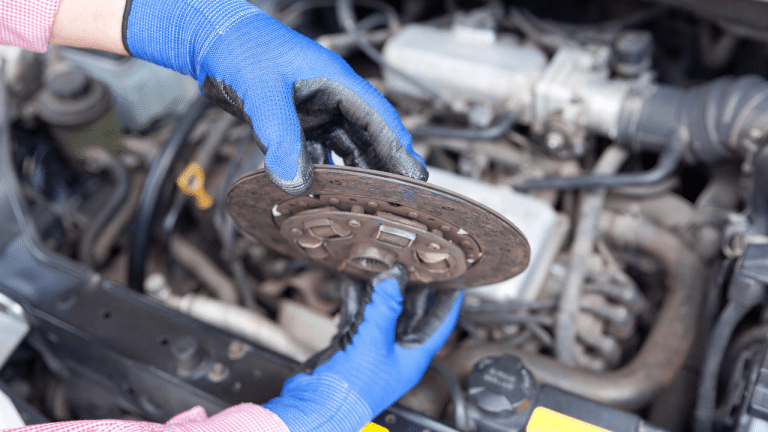
Why do I need to use the clutch?
It would help if you used a clutch on the motorcycle because it helps to engage and disengage the powertrain from the transmission. It is essential because it allows me to change gears while riding smoothly. If you didn’t use the clutch, shifting gears would be very jerky and could damage the engine. Additionally, using the clutch helps prevent stalling and makes it easier to start from a stop. So overall, the clutch is an essential part of riding a motorcycle, so you should always make sure to use it when you are out on the road.
What are the signs that my clutch needs to be replaced?
If your bike is having trouble shifting gears or the engine is frequently stalling, it may be time to replace the clutch. Other signs that your clutch may need to be replaced include a burning smell coming from the clutch area or slippage when you try to engage the clutch.
How to properly take care of your motorcycle clutch system
Your motorcycle clutch is one of the essential parts of your bike. It allows you to shift gears smoothly and prevents your engine from revving too high. An adequately maintained clutch will last for many years, but it does require some primary care. Here are a few tips for taking care of your motorcycle clutch:
– Check the clutch cable regularly for wear and tear. Replace it if necessary.
– Adjust the clutch lever to have a slight amount of play. It will prevent the cable from becoming too tight and wearing out prematurely.
– Don’t ride with your hand on the clutch lever all the time. It can cause the cable to stretch and eventually break.
– If you notice any unusual noise or vibration coming from the clutch area, have it checked by a qualified mechanic. By following these simple tips, you can help ensure that your motorcycle clutch will provide years of trouble-free operation.
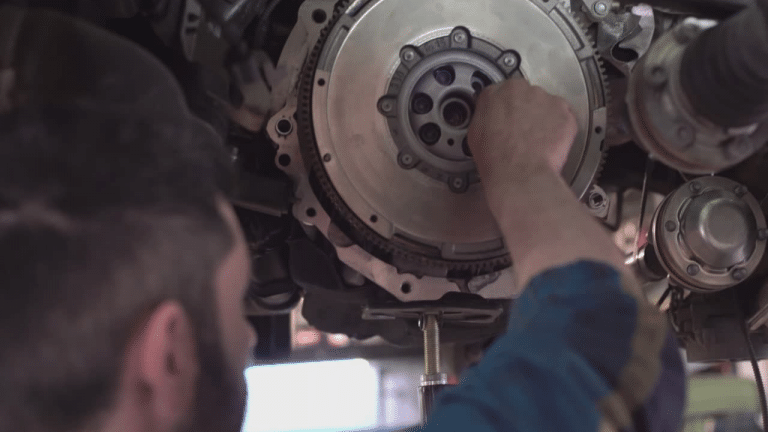
Conclusion
So, there you have it. That’s how a motorcycle clutch works in a nutshell. It can be a little confusing at first, but once you understand the ins and outs of a clutch system, you’ll be able to ride with ease. Now that you know how to operate the clutch on your bike, practice, practice. Before long, using the clutch will become second nature, and you’ll be zipping around town like a pro.

